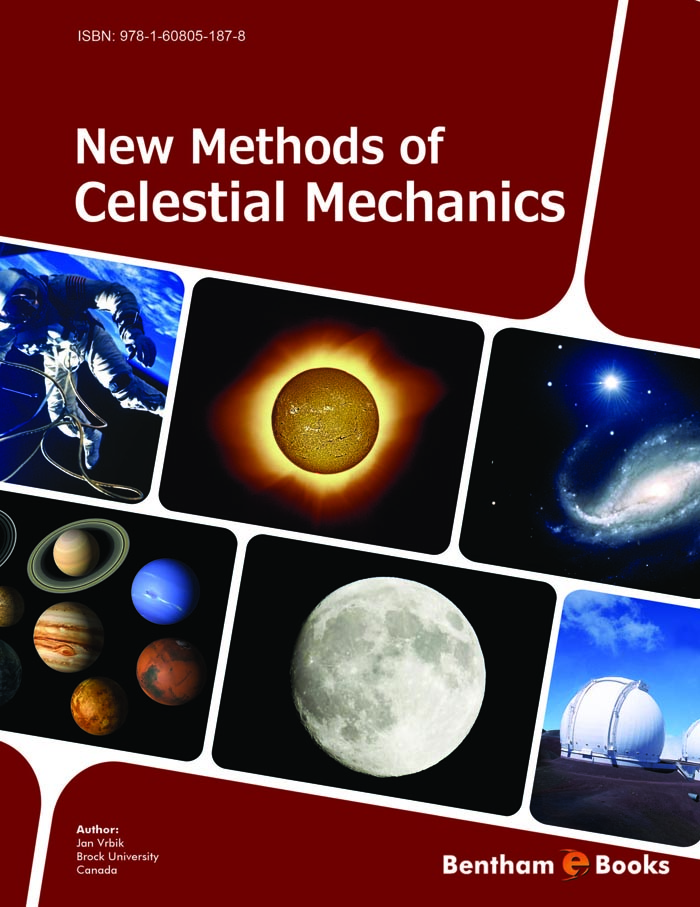Preface
This book has been inspired by the ‘Celestial Mechanics’ chapter of [21]. Its purpose is to demonstrate how the perturbed Kepler problem can be elegantly formulated and solved using the power of quaternion algebra (to be seen as a special case of a more general, and universally applicable, Geometric Algebra). The solution covers, in a natural and rather routine manner, even the most difficult cases of resonant perturbations.
There are two technical reasons which enabled me to construct such a universal solution. Namely, I had to (i) modify the usual definition of auxiliary time s (making the clock ‘tick’ faster, as the satellite approaches the primary, in a way which reflects the third Kepler law), and (ii) dispense with the traditional ‘gauge’ (this came at the expense of complicating the resulting equation — yet, without it, one is bound to fail, as the history of this problem clearly demonstrates). Only then one can proceed to build a unique solution in a rather algebraic manner of matching coefficients of two Fourier-series expansions (see Chapter 2). The rest of the book demonstrates how relatively easily can the resulting formulas be applied to practically all perturbations encountered within our Solar system.
The book is organized as follows: Chapter 1 reformulates the Kepler problem in terms of the quaternion algebra, and solves its unperturbed version. Chapter 2 constructs a detailed solution of the perturbed version; this is, in a sense, the key development of the book — however, it can be skipped by readers who want to learn only how to apply the resulting formulas. Chapter 3 derives and discusses most of the common perturbing forces, and explains their origin. Each of the remaining chapters concentrates on one such perturbing force, starting with perturbations of planetary motion caused by the gravitational pull of other planets (Chapter 4). For artificial satellites, the most important perturbing force is due to the Earth’s slightly flattened shape (and similar deviations from a perfect sphere), the consequences of which are discussed in Chapter 5. For the Moon, the main perturbing force is the Sun; due to its relative strength, the Moon’s motion becomes quite complicated and difficult to compute with high accuracy (Chapter 6). Chapter 7 deals with an interesting (and also rather difficult) phenomenon of a resonant perturbing force (meaning that is oscillates with a frequency which is either an exact multiple, or an exact fraction, of the orbital frequency) — this is important for proper understanding of asteroid motion, and it also explains the formation of Kirkwood gaps (narrow regions in the asteroid belt, which are almost void of asteroids). The final chapter then deals, rather more quickly, with the remaining common perturbations, such as the relativistic correction and radiation pressure.
Finally I would like to acknowledge that, as with any significant project, things are rarely done entirely by oneself. To this end I would like to thank: Dr. Hestenes without whom this book would not have been possible and my son Paul Vrbik for his help and technical expertise in preparing the LATEX version of this book.

